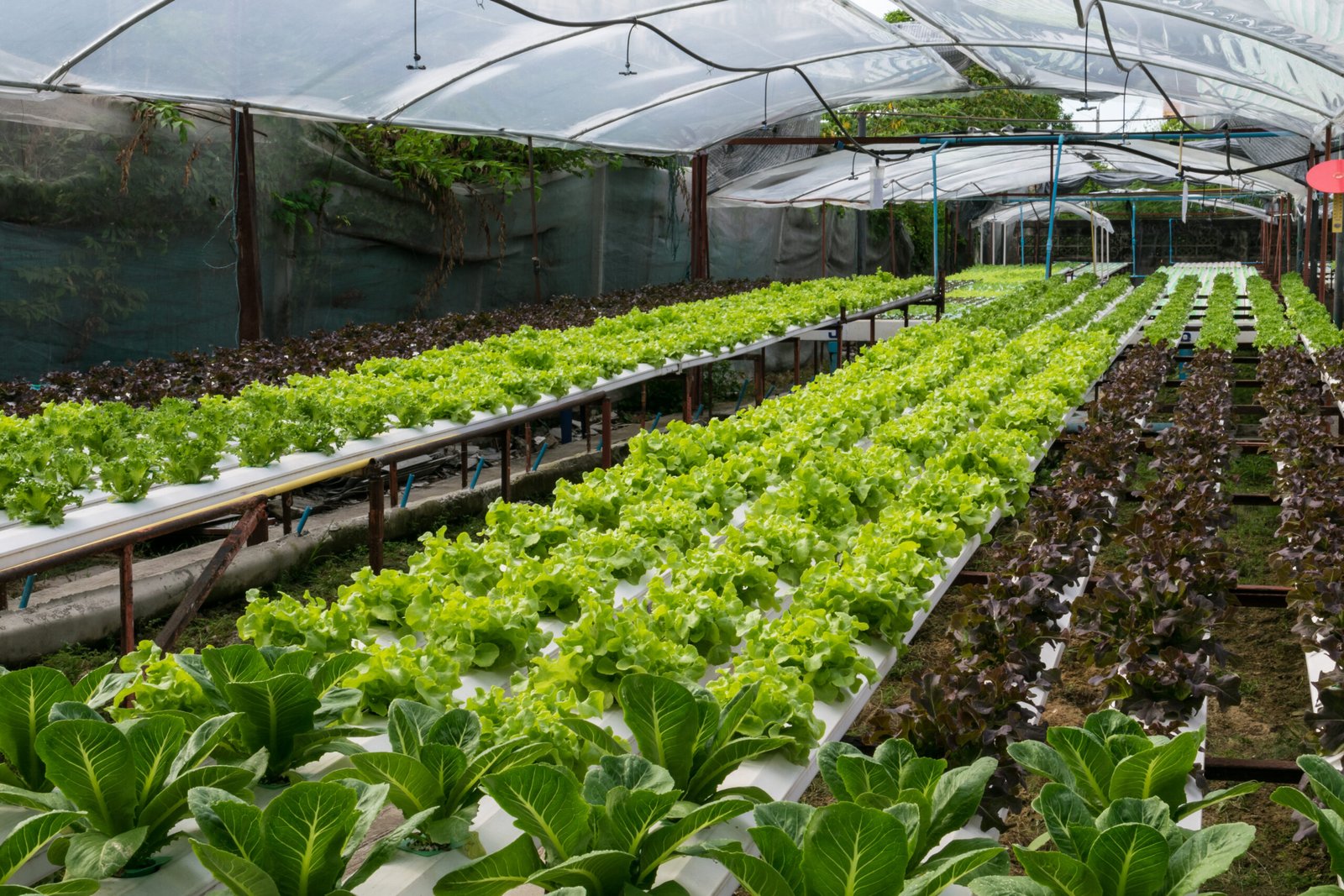Introduction :
Are you ready to Login on the journey of hydroponic tomato farming and reap the rewards of soil-less cultivation? This blog post is your go-to guide, exploring the fundamentals of hydroponic farming and providing valuable tips and techniques for cultivating top-quality tomatoes without traditional soil-based methods.
*Understanding Hydroponic Farming: The Basics What is Hydroponic Farming?
Hydroponic farming involves growing plants without soil, utilizing nutrient-rich water solutions directly applied to the roots. Heavy fruit-bearing plants, like tomatoes, find support in inert materials such as clay pellets or perlite. Hydroponic systems minimize dependence on pesticides and herbicides, thanks to controlled environments that enhance pest and disease management.
*Why Choose Hydroponic Tomatoes?
⚫ Water Conservation: Hydroponics reduces water usage by up to 90%, recycling nutrient solutions.
⚫ Faster Growth: Tomatoes grow up to 50% faster than traditional soil-based farming due to direct nutrient absorption.
⚫ No Environmental Impact: Indoor cultivation eliminates soil erosion and nutrient runoff, reducing environmental stress.
⚫ Increased Yield: Under optimal conditions, hydroponic tomatoes can yield 30% more compared to soil cultivation.
*Tomato Varieties for Hydroponic Farming: Determinate vs. Indeterminate
*Determinate Varieties:
⚫ Growth Factor: Bushier with limited height (3–4 ft).
⚫ Pruning: Minimal pruning required.
⚫ Support Structure: Less support needed.
*Indeterminate Varieties:
⚫ Growth Factor: Continuous growth throughout the season (6–8 ft).
⚫ Pruning: Requires pruning for disease control.
⚫ Support Structure: Requires stakes for upright growth.
- The only method of Hydroponic Tomato Farming success :
1. Adding concept of Dutch Bucket system + Drip Irrigation + Traditional Farming:
• Nutrient solution delivered in drips via a timed system.
• We water plants with nutrition only when it is required
• Plants are in growbags with Cocopeat, perlite and vermiculite and with a nutrient solution ie our fertigation water.
• Nutrient solution ie fertigation water periodically flows into growbags at regular intervals so that plants get time to take it and grow.
Dutch Bucket Hydroponic System: Step by Step
⚫ Materials Required:
1.Growbags (3-gallon capacity).
2.Growing medium (e.g., Cocopeat/Rockwool + perlite + Vermiculite).
3.Nutrient solution.
4.Submersible pump + Drip system + Foggers + 2 Reservoir(Raw RO Water and Fertigation Water) + 2 Tanks for Concentrated nutrient solution.
5.Tomato plants.
1.Connection to a fertigation reservoir.
2.Submersible pump transports Fertigation solution to Growbags through drip system.
3.Tomatoes planted with growing medium(Cocopeat/Rockwool + perlite + Vermiculite). .
4.Excess solution drains out, but we try to maintain the water for plants by giving them only that much amount of water that it requires. We avoid circulation of water because if pathogen issues and maintenance issues, that’s the reason we use growing medium
5.Regularly monitor of pH, TDS, EC levels, Humidity, Temperature, VPD, Plants Nutrient deficiencies and Plant infections by fungus, virus, Bacteria and pests.
*Factors Affecting Yield and Quality:
1. Environment Temperature, Water temperature, Growing Medium Temperature.
• Excessive heat can lead to flower drop or reduced fruit set or plant abortion.
2. pH of fertigation solution and substrate
3. Light:
• Adequate light intensity crucial for growth and fruit development.
4. Nutrients:
• Provide a balanced mix of macro and micro nutrients for roots through drip system and foliar spray nutrients for leaves.This is the only method of Hydroponic Tomato Farming success
5. Support Structures:
• Stake support crucial to prevent collapse due to fruit weight.
*Integrated Pest Management (IPM) in Hydroponic Tomatoes:
• Strict hygiene practices, regular cleaning, and disinfection.
• Use clean, disease-free planting material.
• Install barriers like insect screens/traps, sticky traps in yellow blue or white in color according to plant’s requirement.
• Maintain optimal environmental conditions ie VPD.
• Use of organic pesticides, fungicides, bactericides and vericides
• Physical methods (handpicking, manual removal).
• pheromone traps are one of the best option to minimize the use of harsh pesticides in farming.
*Profitability of Hydroponic Tomato Farming:
*Hydroponic tomato farming can be profitable if:
⚫ Yield per unit area is high enough to cover the investment cost. There is a famous line in farming ie “ At a minimum cost, a farmer should be able to get maximum profit” otherwise it is not farming.
⚫ Cost of production should be always lower than the selling price.
Conclusion:
Paving the Path to Hydroponic Success In summary, hydroponic tomato farming presents both challenges and opportunities. With careful planning, technical expertise, and a strong market demand, hydroponic ventures can be profitable. As we navigate a future with potential resource scarcity, hydroponics emerges as a promising solution for sustainable and efficient crop




0 Comments